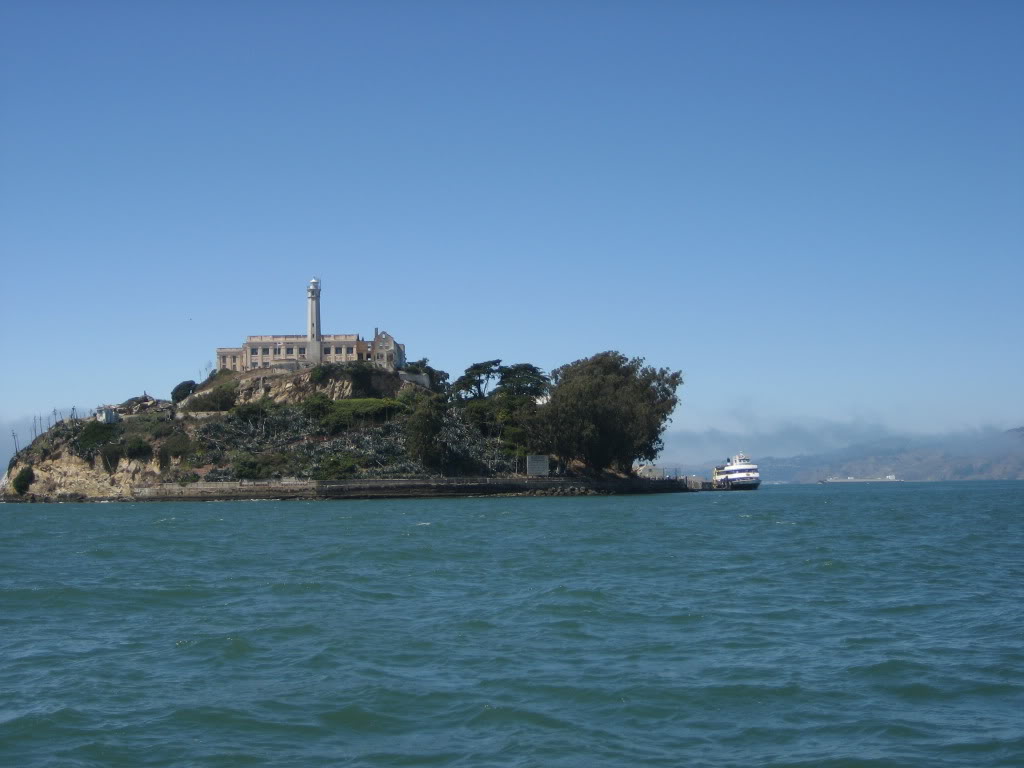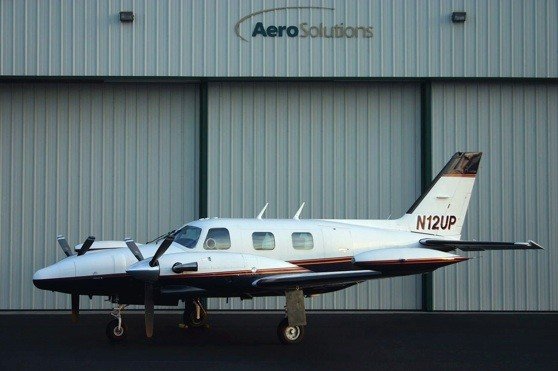*If there's an island between us and the ferry, the ferry is not an issueSeaHorse II wrote:
That's quite a trick...to see a ship (Ferry) coming out from behind an Island.*
Things just don't happen that fast on the water contrary to what a lot of people seem to think.* They do if you're going 30*knots but we're going eight.* With radar or our eyes, between the time you first see a ship--- assuming you're looking which we always are--- and the time there's even a potential for a problem there's time to play a round of bridge
This whole thing*strikes me as being like people in an airplane when they see another airplane passing them on the airway but below or above them, or there is another plane on a parallel approach to the airport.* From what I hear people say, half the passengers panic that a mid-air is iminent.* I see and hear the same thing with boating--- if there is another vessel, particularly a large one, anywhere in sight people assume a collision is about to happen and it's amazing how many of them get all uptight if not begin to panic.
For people all caught up in their electronic gizmos and who boat with their heads burried in their screens I agree that AIS is proably a good idea since their awareness of what's going on around them is confined pretty much to what's on a display.* But for people who combine their electronics with basic looking out the window, knowledge of the waters and traffic lanes and patterns in their area, and the ability to see something--- on a screen or out the window-- and judge its speed and convergence relative to their own boat with reasonable accuracy, AIS doesn't seem to have much to offer.
Plus I have my own form of AIS in my wife, who's ability to see a distant ship or boat and judge its speed and projected path relative to our boat is uncanny.* I can only assume it's due to her Navy training and experience, an inherent, inherited*ability, or both.* On a couple of occasions I have used the radar to track a ship's convergence*with our path while she did it purely visually, calling out distances and estimating how our paths would cross.* I'm not going to say she duplicated the radar exactly because she didn't, but she was close enough that had we relied on her alone to avoid a potential confrontation with the ship, we would have succeeded.
So somone's going to have to make a lot stronger case than "we can see boats before they appear" before we'll consider AIS a worthwhile investment.


